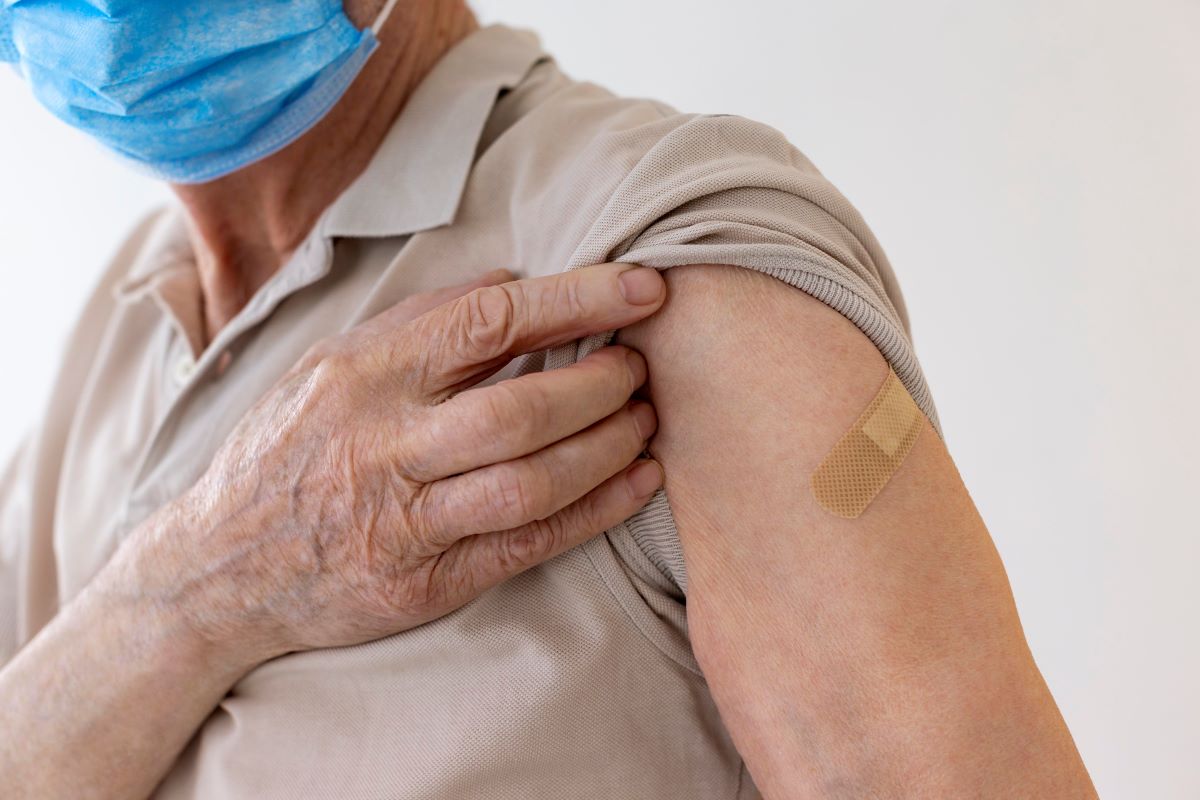Case Presentation
A 45-year-old man complained of changed handwriting, difficulties speaking and writing text messages on phone during the 3 week isolation period after an infection of severe acute respiratory syndrome coronavirus 2 (SARS-CoV-2). He experienced episodes of tremor in his right hand which persisted even after he returned back home.
Medical History
- The patient had a history of hypertension and his anti-hypertensive medications included labetalol 200 mg, valsartan 80 mg and amlodipine 5 mg.
- He was an asthma patient and was being treated with salbutamol at the time of admission.
- The patient was admitted to a hospital after displaying symptoms such as dry cough and muscle pain following which he was tested positive for SARS-CoV-2 using RT-PCR test.
- He had been experiencing anosmia and his symptoms began exactly two days after returning home from a trip to the USA.
- His complete blood count and CRP measures were found to be normal.
- While he was hospitalized in the COVID-19 ward, he experienced fatigue, shortness of breath and chest pain without any occurrence of fever and was treated as an inpatient for 3 days.
- He was mainly being treated with salbutamol inhalations as required for mild asthma symptoms.
- The patient was further isolated at a COVID-19 facility where he tested negative for SARS-CoV-2.
- During his isolation period, he realized that his handwriting had become somewhat illegible and additionally, he was encountering difficulties while writing and typing messages on his phone.
Clinical Exam
The patient’s examination revealed:
- Hypomimia and hypophonic fluent speech.
- Moderate cogwheel rigidity in the neck and in the right arm
- Mild cogwheel rigidity in the left arm
- Moderate bradykinesia in the right extremities
- Mild bradykinesia in the left extremities with no signs of tremors.
- Slightly slower gait with no right arm swing, an elbow that appeared to be in flexion during walking and a lack of retropulsion on the pull test.
- Montreal Cognitive Assessment score: 28/30
- No constipation, depression or rapid eye movement disorder
His laboratory evaluation revealed:
| Test | Results |
| Routine blood tests | Normal |
| CSF analysis | |
| WBCs | 6 (83% mononuclear cells) |
| Glucose | 62 mg/dL |
| Protein | 43 mg/dL |
| CSF Anti-SARS-CoV-2 IgG | Negative |
| RT-PCR of CSF | Negative |
| Serum Anti-SARS-CoV-2 IgG | Positive |
The CSF and serum were also found to be negative for common neuronal antibodies, such as GABA type B receptors, NMDA receptors, CASPR2, AMPA receptor type 1, AMPA receptor type 2 and LGI1.
His imaging revealed:
- F-fluorodopa (F-FDOPA) PET scan: Decreased F-FDOPA uptake was observed in both putamens but it appeared to be more prominent on the left side. A mild decreased uptake in the left caudate was also suspected.
Diagnosis
The patient was diagnosed with Parkinsonism.
Treatment
The patient was administered 0.375 mg extended release pramipexole, once daily.
Follow – Up
During his 9 days of hospitalization,
- The patient complained of tremor in both the legs but more in his right leg as compared to the left.
- He also experienced increased urinary frequency.
On being discharged,
- The patient continued to have unreadable handwriting, hypomimia, bradykinesia and cogwheel rigidity, prominently on the right side.
- A 5-day course of high-dose intravenous methylprednisolone was initiated without any consistent effect.
On another visit to the hospital,
- The patient complained of worsening of tremor in his right extremities.
- Biperiden 2 mg daily was added to his regimen which was increased to 4 mg daily a week later.
Clinical outcome
The patient experienced an improvement in the tremors.

